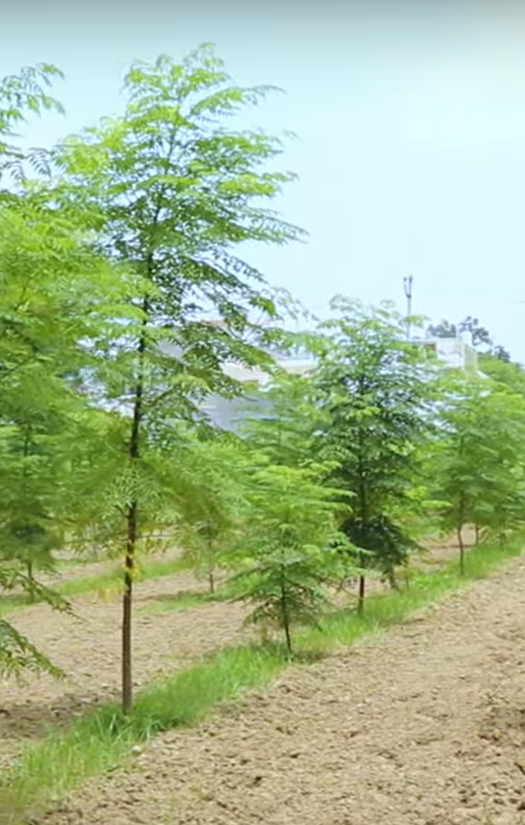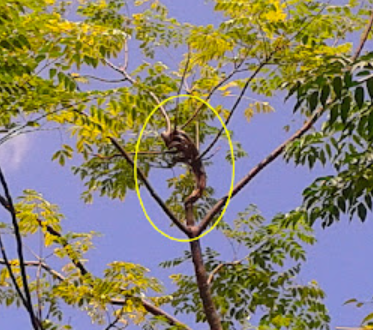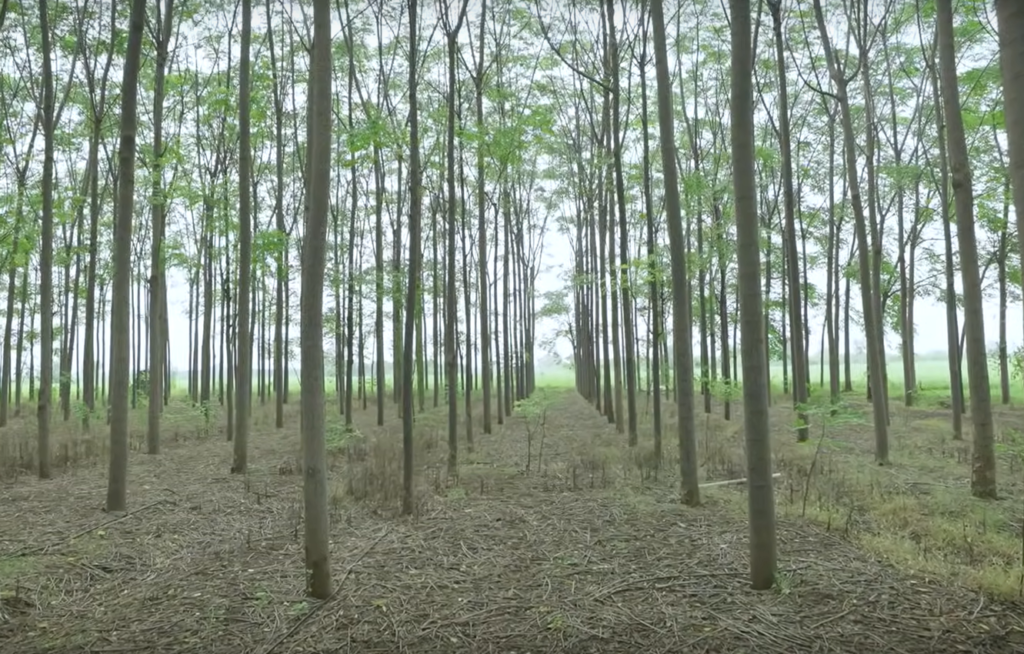
Melia Dubia
Family Name- Meliaceae (Neem family)
Introduction
Melia Dubia, also known as Malabar Neem, is gaining popularity among farmers and agroforestry enthusiasts due to its fast growth and high commercial value. With the increasing demand in the timber industry, Melia Dubia has proven to be a lucrative investment. However, understanding its plantation process is crucial for successful cultivation.
In this guide, we will explore the step-by-step plantation process of Melia Dubia, optimal growing conditions, maintenance tips, and its various applications in different industries.
Why Choose Melia Dubia?
- Fast-growing timber species with high commercial value.
- Preferred by the plywood industry and widely used in multiple applications.
- Offers agroforestry benefits by supporting intercropping for the first three years.
- High adaptability to different soil types and climatic conditions.
Ideal Growing Conditions for Melia Dubia
Melia Dubia thrives under specific environmental conditions that enhance its growth and yield:
- Soil Requirements: Rich, sandy loam, red, and lateritic soils with good drainage. Avoid alkaline, clay, and sodic soils.
- Rainfall: Requires an annual rainfall of at least 1000mm for optimal growth.
- pH Level: Best suited for soils with a pH below 7.5.
- Irrigation: Performs well under irrigated conditions, with weekly watering recommended.
- Climate: Though moderately drought-tolerant, prolonged droughts cause stunted growth and leaf shedding.

Plantation Process of Melia Dubia
1. Land Preparation
- Clear the land of weeds and unwanted vegetation.
- Plow and till the soil to improve aeration and drainage.
- Incorporate organic manure or compost to enhance soil fertility.
2. Spacing and Planting
- Optimal Spacing:
- 7 x 7 feet spacing ensures faster growth and dense canopy.
- 10 x 10 feet spacing is recommended for better aeration and tree health.
- Dig pits of 30cm x 30cm x 30cm and fill them with a mix of topsoil and farmyard manure.
- Plant high-quality Melia Dubia saplings.
- Water immediately after planting to ensure root establishment.
3. Initial Care and Maintenance
- Watering: Daily irrigation for the first three months, then weekly watering for better growth.
- Fertilization: Apply fertilizers every three months for the first three years to boost early growth.
- Pruning: Regular pruning every six months to control branching and encourage straight bole formation.
- Weed Control: Keep the plantation free from weeds for the initial growth phase.
Growth Stages and Challenges
1. Rapid Initial Growth (First 2 Years)
- Melia Dubia grows rapidly, even in marginal soils with sparse irrigation.
- Farmers can grow multiple intercrops like groundnut, chili, turmeric, black gram, and papaya during this period.
2. Slower Growth Phase (After 3 Years)
- Canopy formation prevents undergrowth, limiting intercropping options.
- Growth rates vary significantly based on soil quality and water availability.
3. Challenges: Shoot Deformity in Melia Dubia
- Around 5-8% of Melia Dubia trees exhibit shoot deformity.
- Symptoms:
- The topmost growing tip becomes swollen and blackened.
- Growth stops, and the affected part bends like a sickle or remains rigid.
- Possible Causes:
- Environmental or physiological factors.
- Further research and expert opinions are needed to identify remedies.

Harvesting and Commercial Viability
- Harvest Period: Trees mature after 10 years, making them a long-term investment.
- Timber Uses:
- Secondary timber for the plywood industry.
- Used in furniture, matchboxes, musical instruments, packing cases, and agricultural implements.
- Naturally resistant to termites, making it a preferred choice for tea boxes and ceiling planks.
- Market Demand:
- Increasing demand in the timber industry.
- Supply and demand gap is widening, leading to better pricing.
Benefits of Melia Dubia in Agroforestry
- Supports Intercropping: Farmers can grow crops like sugarcane, melon, banana, and papaya in early years.
- Fast Return on Investment: When planted on bunds, trees reach harvestable size within four years.
- Eco-Friendly: Reduces soil erosion and enhances soil fertility.

FAQs
1. How long does it take for Melia Dubia to mature?
Melia Dubia takes around 10 years to mature for timber harvesting. However, in agroforestry settings, it can be harvested earlier when used for smaller applications.
2. Can Melia Dubia grow in dry regions?
Yes, but its growth will be slower, and it may become stunted during prolonged droughts. Regular irrigation is recommended for better yield.
3. What is the ideal spacing for planting Melia Dubia?
A spacing of 7 x 7 feet is optimal for commercial plantations, while 10 x 10 feet provides better aeration and tree health.
4. What are the common diseases affecting Melia Dubia?
The most common issue is shoot deformity, affecting 5-8% of trees. Further research is needed to identify the exact cause and remedy.
5. Why is Melia Dubia preferred by the plywood industry?
Melia Dubia wood is light, strong, termite-resistant, and versatile, making it a preferred choice for plywood, furniture, and packing industries.
Conclusion
Melia Dubia is an excellent choice for farmers looking to invest in long-term agroforestry projects. With proper soil management, irrigation, and spacing, it offers significant commercial benefits. Although it requires patience for harvesting, the high market demand and multipurpose utility of its timber make it a profitable venture.
Have you cultivated Melia Dubia? Share your experiences and insights in the comments below!
